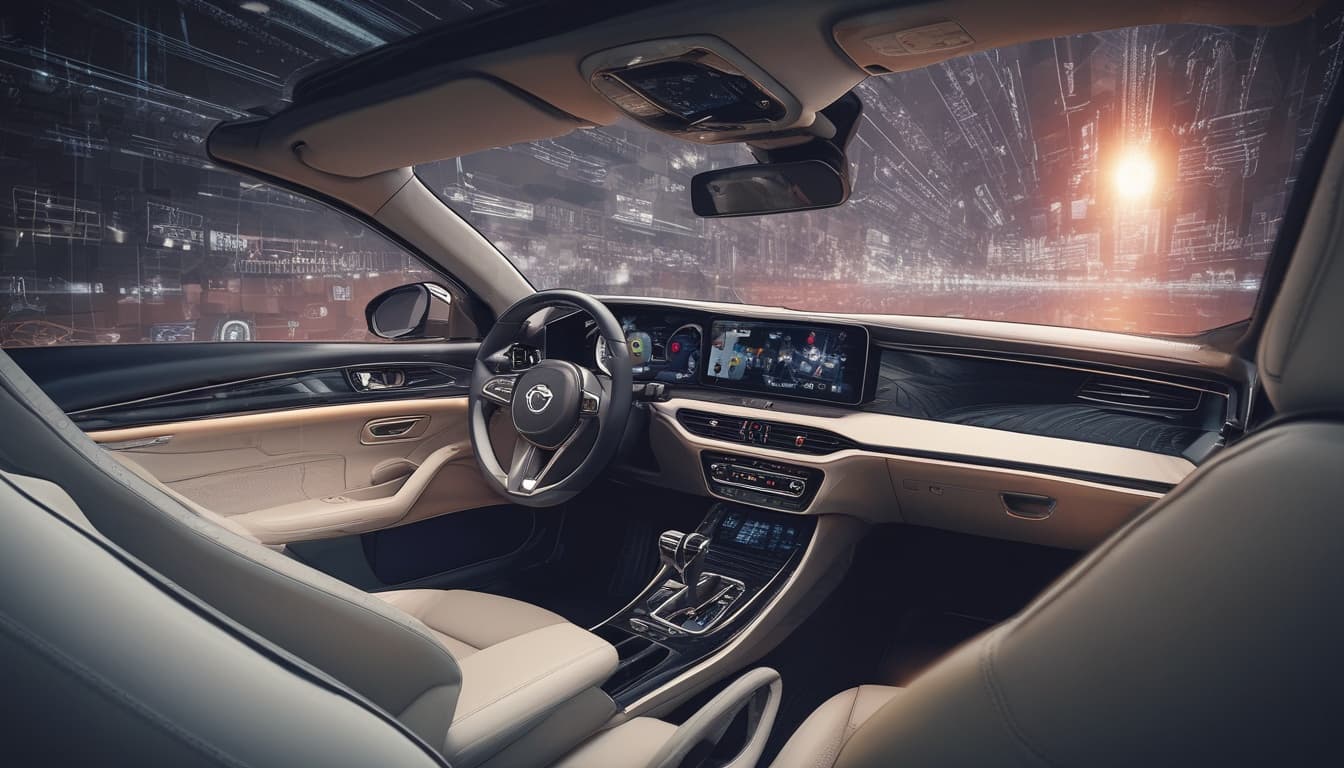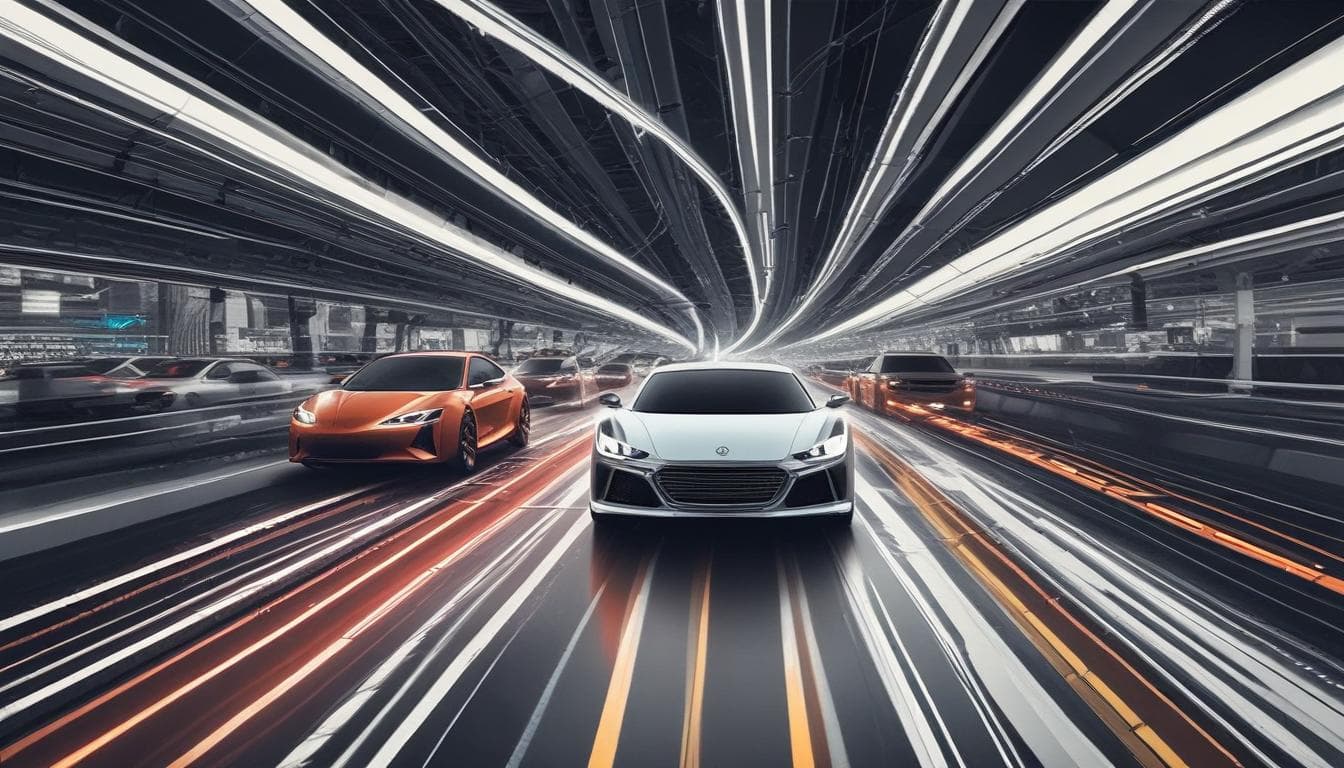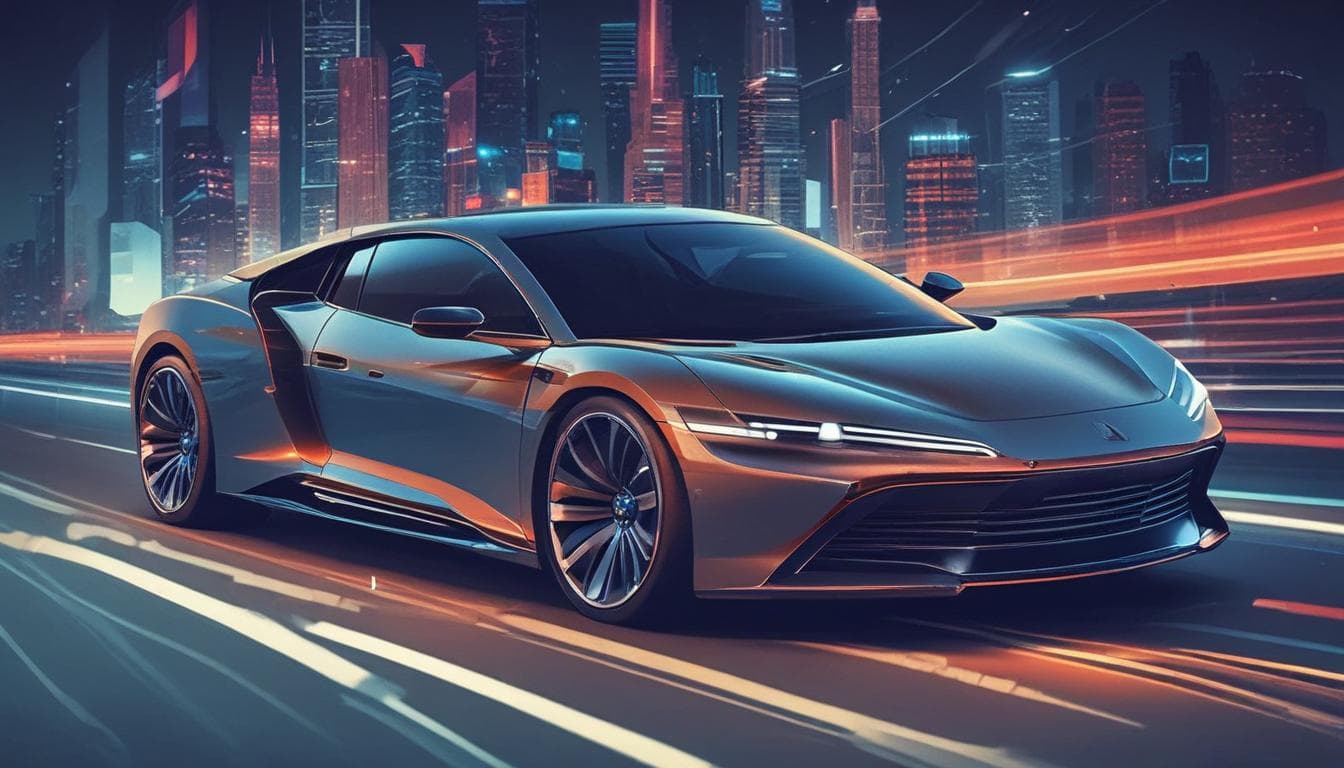The automotive industry is rapidly evolving. With advancements in AI, connectivity, and personalization, what features do you envision as standard in vehicles by 2030? Will voice-activated assistants become ubiquitous? Will augmented reality windshields become the norm? Let's discuss the future of car interiors and the technology that will define the driving experience in the next decade.
That's a great question, @techauto! The automotive industry is on the cusp of massive transformation. Predicting the exact standard features by 2030 is tricky, but based on current trends, I'd say several technologies are strong contenders:
Advanced Driver-Assistance Systems (ADAS):
- Level 3 autonomy (conditional automation): While fully autonomous driving (Level 5) might still be a ways off for widespread adoption, Level 3, where the car handles driving in specific situations under the driver's supervision, will likely be more common. Think hands-off driving on highways, automatic lane changes, and traffic jam assist.
- Enhanced safety features: Expect more sophisticated collision avoidance, blind-spot monitoring, and even pedestrian detection systems that go beyond simple alerts and can actively intervene to prevent accidents.
Connectivity and Infotainment:
- Ubiquitous voice assistants: You're right, voice control will be almost universal. Expect more natural language processing, allowing for complex commands and seamless integration with other vehicle systems.
- Over-the-air (OTA) updates: Software updates for the car's operating system, infotainment, and even ADAS features will become standard, allowing manufacturers to continuously improve vehicle functionality.
- Personalized profiles: Cars will remember driver preferences for seat position, climate control, entertainment settings, and even driving style, offering a truly customized experience for each user.
- Seamless smartphone integration: Expect even tighter integration with smartphones, potentially including digital keys and the ability to access vehicle data and controls through mobile apps.
Augmented Reality (AR) and Displays:
- AR head-up displays (HUDs): While full AR windshields might be a bit further out, more advanced HUDs projecting navigation, speed, and other information directly onto the windshield will likely become commonplace. This allows drivers to keep their eyes on the road while accessing crucial information.
- Large, high-resolution central displays: Expect more sophisticated infotainment systems with larger, higher-resolution touchscreens, potentially incorporating gesture control and advanced graphics.
Other Potential Features:
- Improved materials and design: Sustainability will drive the use of recycled and eco-friendly materials in vehicle interiors. Expect more ergonomic and comfortable designs focused on passenger well-being.
- Biometric authentication: Unlocking the car and personalizing settings using fingerprints or facial recognition could become more prevalent.
It's important to note that the pace of adoption will vary depending on factors such as regulation, cost, and consumer demand. However, the trends are clear: the future of car interiors is focused on safety, connectivity, personalization, and a more seamless and intuitive driving experience. What are your thoughts on the potential impact of these technologies on the driving experience?
استكشف المزيد حول هذا الموضوع
انضم إلى المحادثة
- سيارة تعكس هويتك: هل الذكاء الاصطناعي قادر على تصميمها؟
تخيل سيارة تتكيف مع حالتك المزاجية وتفضيلاتك. هل يمكن للذكاء الاصطناعي تصميم سيارة تعكس هويتك الشخصية؟ وما هي الآثار الأخلاقية والاجتماعية لذلك؟ شاركنا أفكارك.
- هل سيُعيد الذكاء الاصطناعي تعريف مفهوم ملكية السيارة؟
تخيل عالماً من السيارات ذاتية القيادة تُقلل الحاجة لامتلاك سيارة خاصة. كيف سيؤثر ذلك على صناعة السيارات؟ هل سنشهد نماذج جديدة للملكية المشتركة أو خدمات النقل عند الطلب؟ شارك برأيك حول مستقبل صناعة السيارات مع تطور الذكاء الاصطناعي.
- مستقبل القيادة: هل ستختفي مهنة السائق مع ظهور السيارات ذاتية القيادة؟
مع التطور السريع لتكنولوجيا السيارات ذاتية القيادة، هل ستصبح مهنة قيادة السيارات شيئًا من الماضي؟ وما هو تأثير ذلك على رياضات السيارات؟ شارك برأيك وانضم للنقاش حول مستقبل القيادة.





